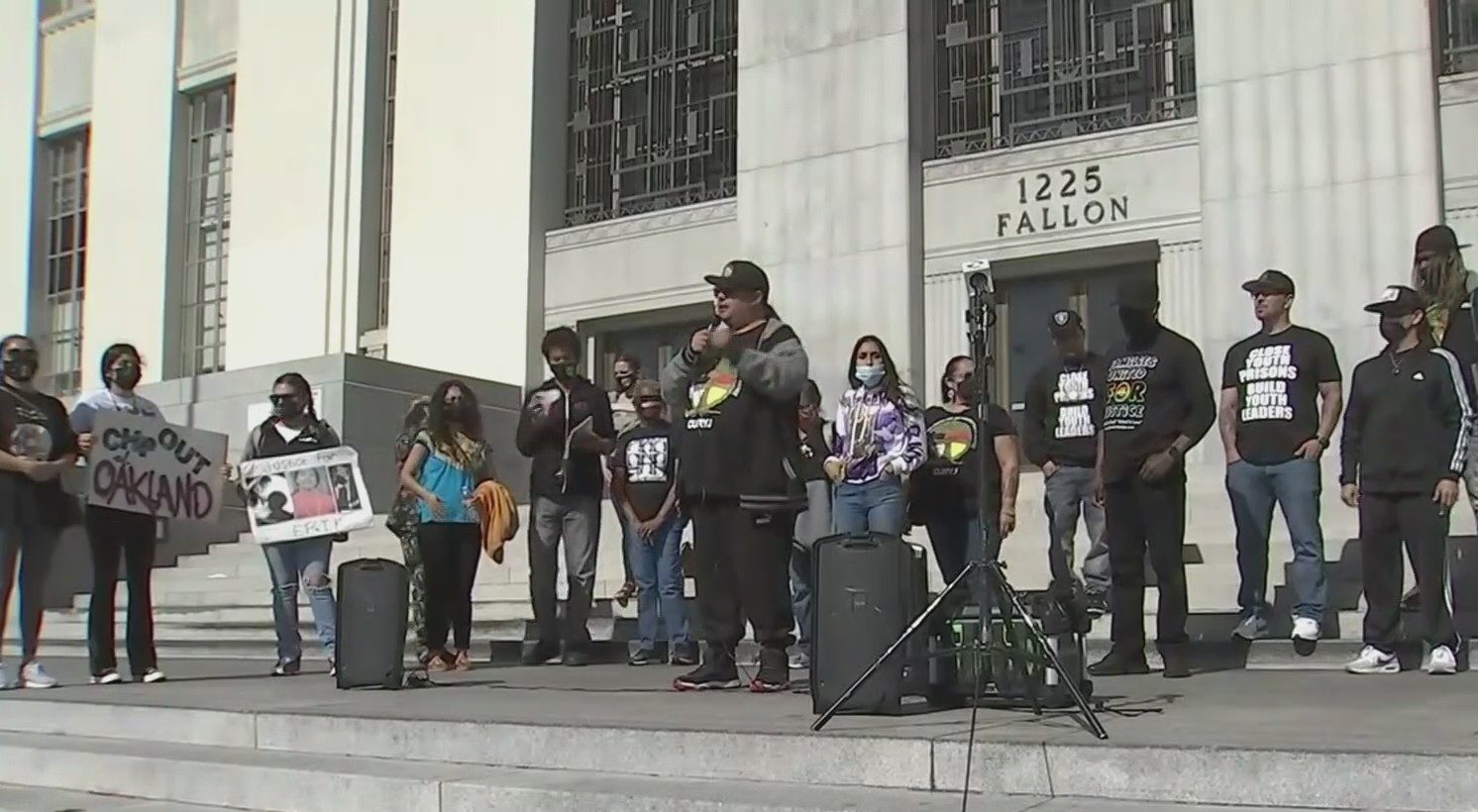9 Cities Tech Workers Are Shifting to — and 9 Locations They’re Leaving
According to a recent report by SignalFire, New York was the city with the largest influx of tech talent between 2022 and 2023.
Although the San Francisco Bay Area remains the center of the technology world, there has been a sustained exodus of technology workers from California since the advent of telecommuting.
The report found that the states where technology workers most frequently moved were New York, Texas, California and Florida.
The nine cities where technicians moved most frequently were:
New York saw a net increase in tech talent of about 3.5%, while Austin saw an increase of about 1.5% and Los Angeles saw a net increase of about 0.5%.
The following nine cities have now been abandoned by tech workers:
-
San Francisco
-
Seattle
-
Boston
-
Phoenix
-
Washington, DC
-
Sacramento, California
-
Portland, Oregon
-
Detroit
-
Provo, Utah
San Francisco suffered a net loss of 3.5 percent in tech talent, while Seattle lost just under 2.5 percent and Boston lost more than 0.5 percent.
The report found that 15% of all tech workers moving between 2022 and 2023 went to New York. New York attracted a significant share of tech workers moving from San Francisco, Boston, and Seattle, among others.
The trend of people moving from San Francisco and California in general to cities in Texas and Florida can be explained in part by people wanting to escape the high cost of living. Yet despite the high real estate prices and cost of living, New York managed to attract the largest share of tech workers who relocated between 2022 and 2023.
Several of the cities that attract technology workers are “blue islands” in red states, such as Austin, Nashville, Tampa and Miami.
In addition to the cities listed in the report, there are also smaller cities with a growing tech scene across the U.S., including places in Utah, Idaho and Arkansas.
Correction: May 1, 2024 – An earlier version of this story misstated the time period covered in the SignalFire report, which stated it was between 2022 and 2023, not last year.




